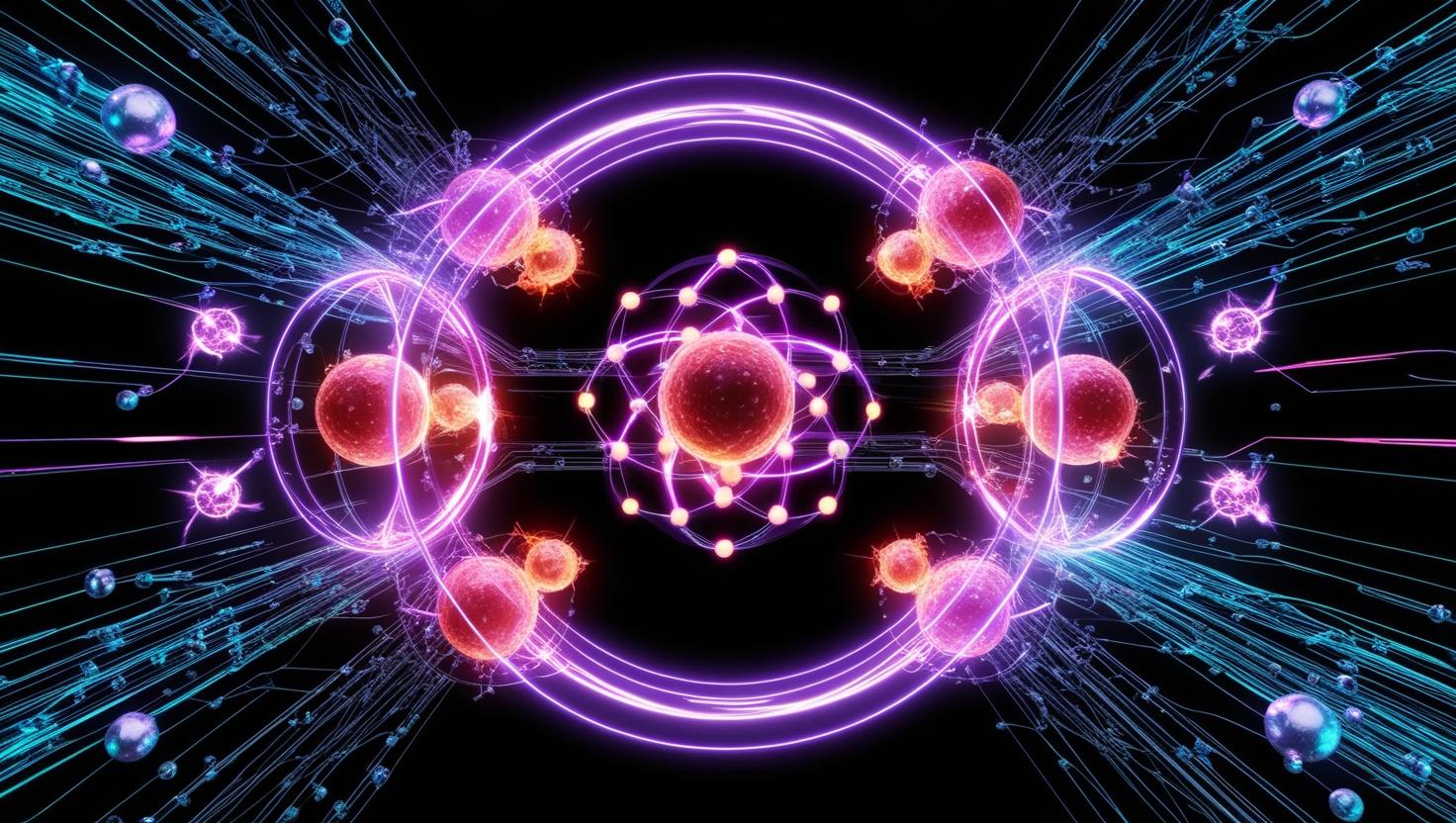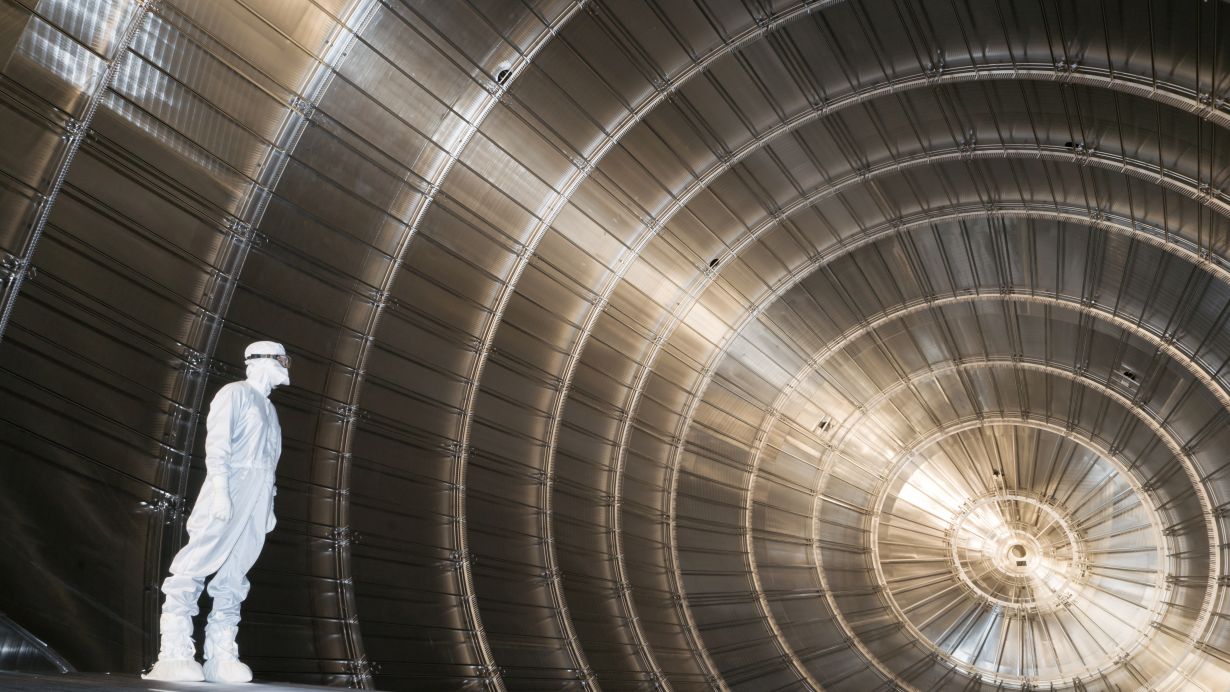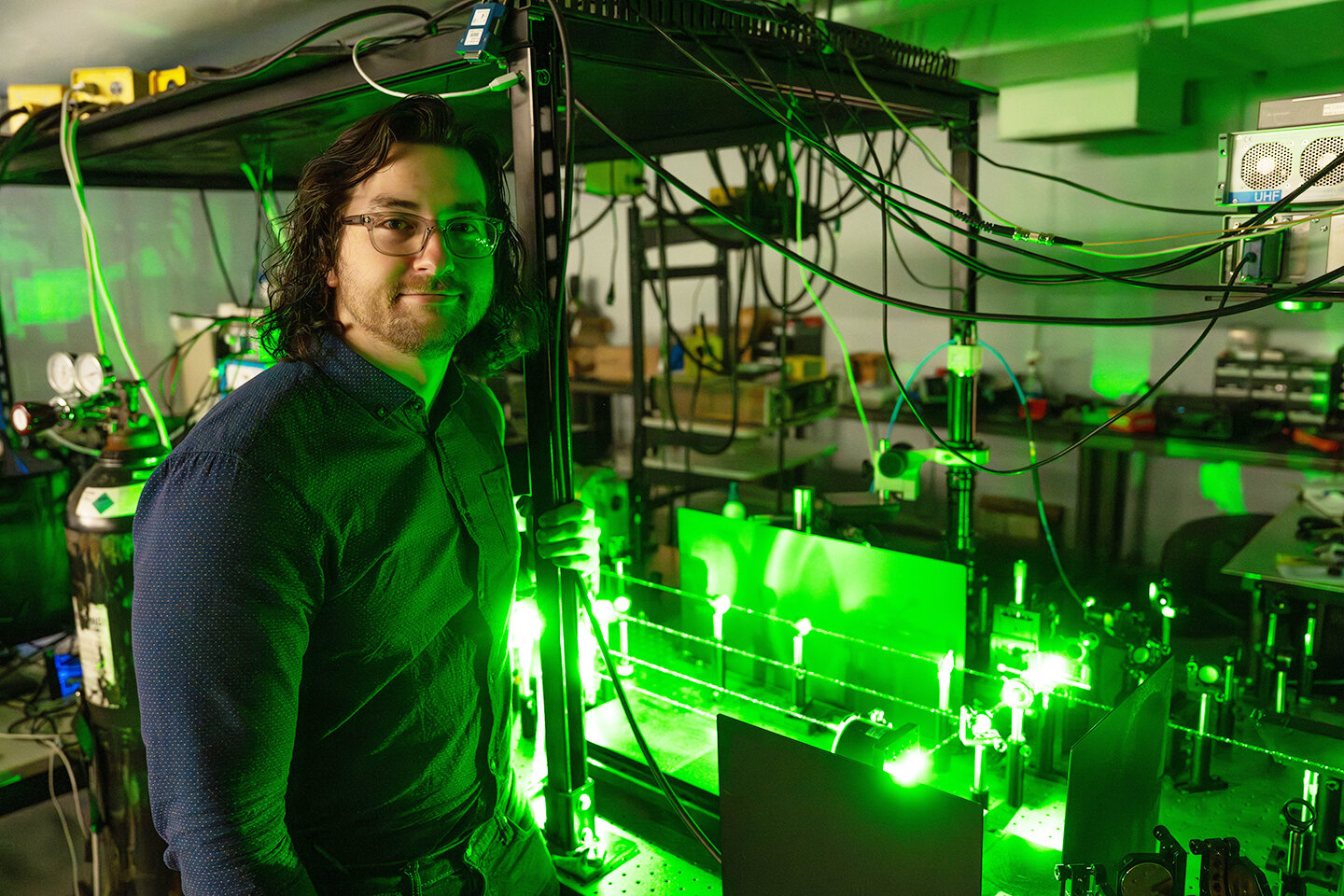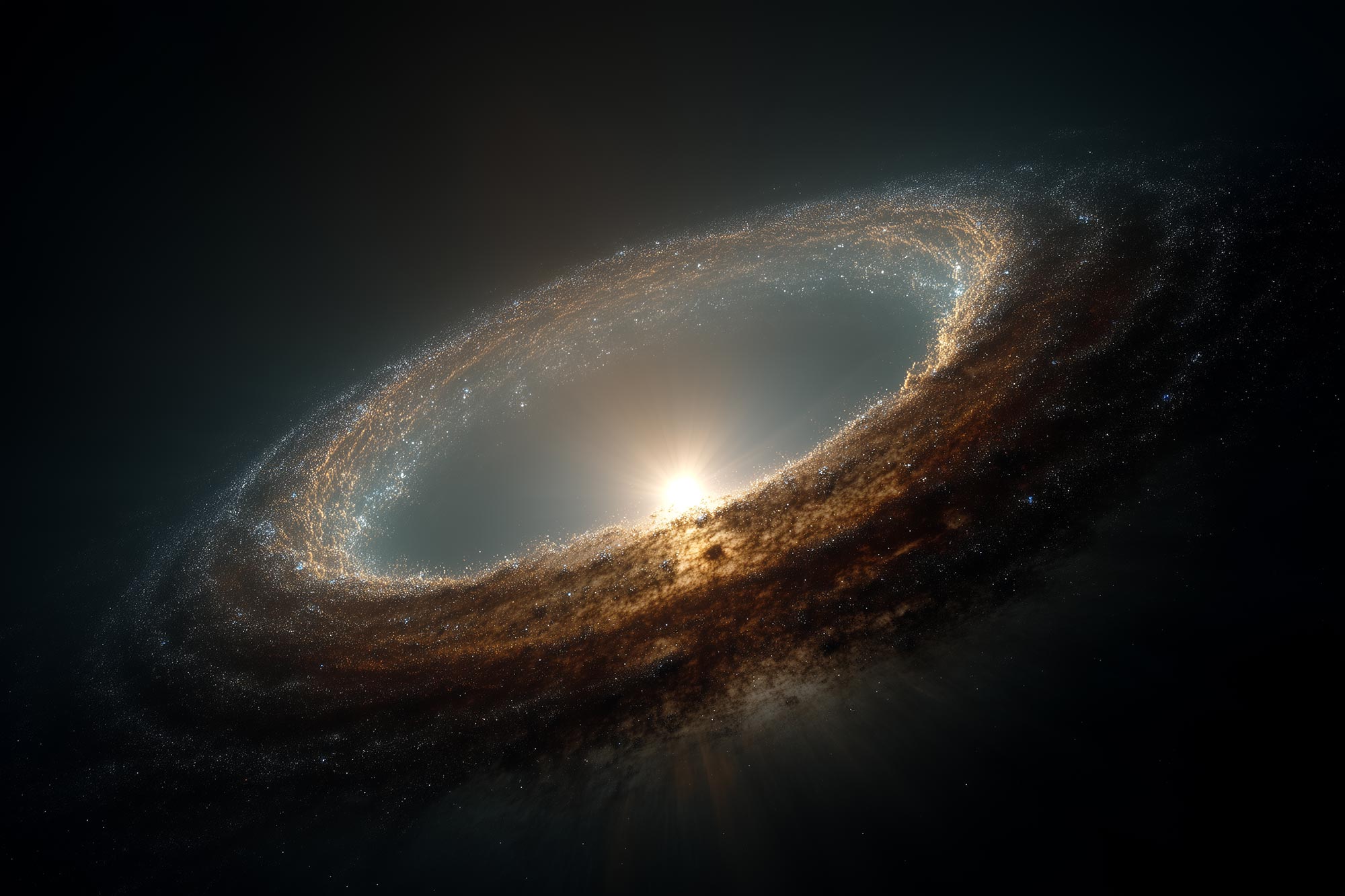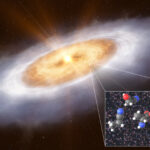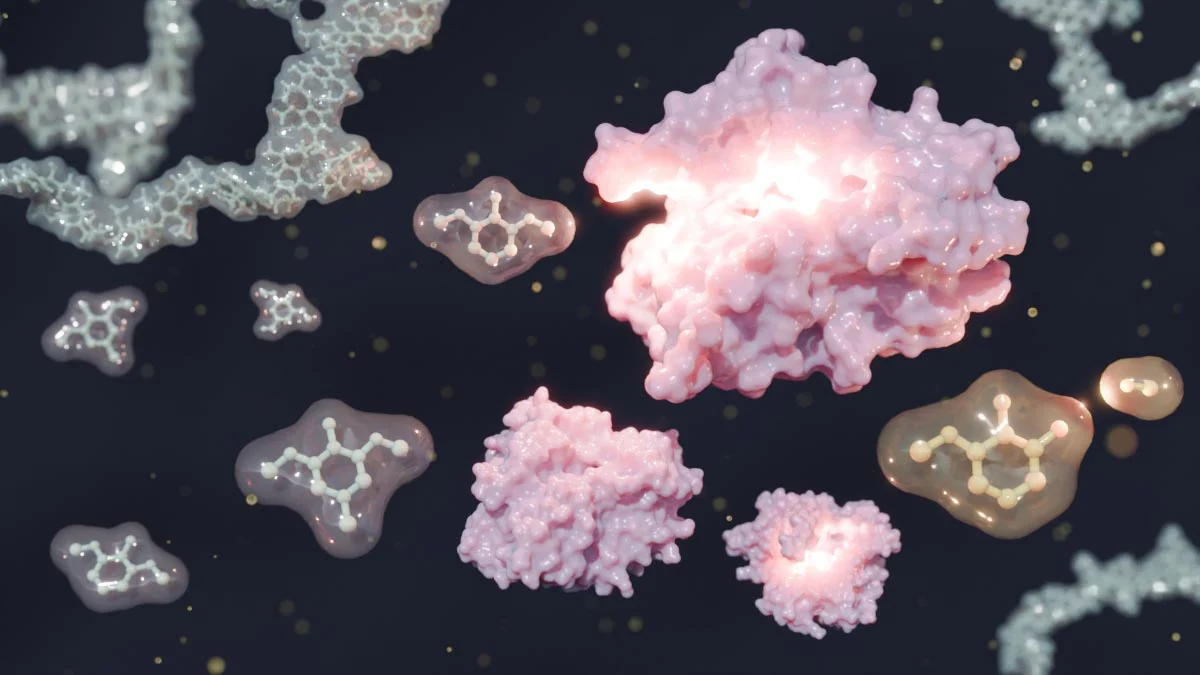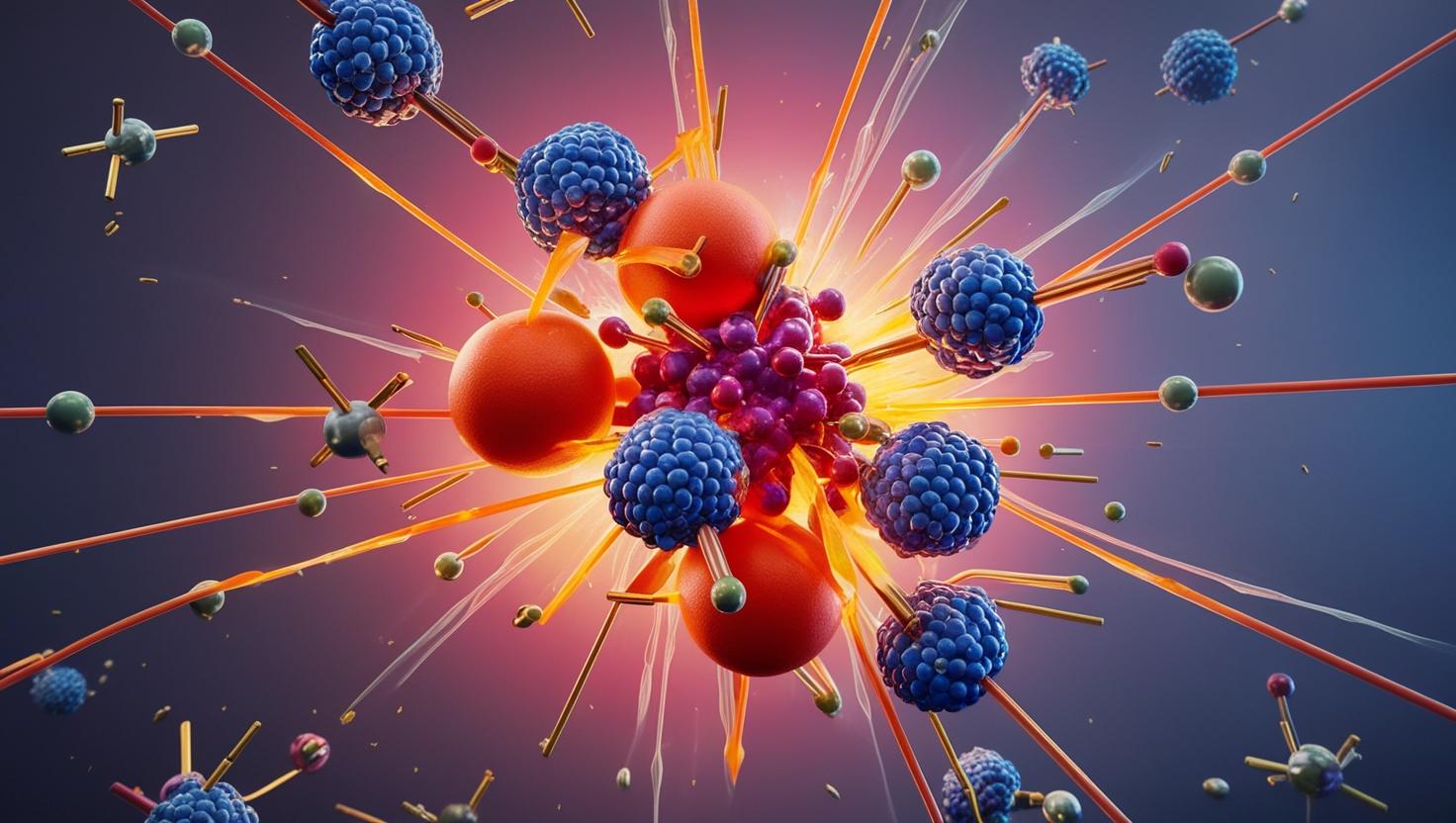Could the early universe be more mysterious than scientists ever imagined?
A Cosmic Mystery Emerges
Astronomers using the James Webb Space Telescope (JWST) have just spotted something astonishing: more than 300 unusual celestial objects that, according to current theories, shouldn’t even exist. These discoveries, located in the distant early universe, are challenging what scientists thought they knew about how galaxies and stars first formed.
What Webb Saw
The strange objects—dubbed “reddish dots” by researchers—appear faint but glow brightly in infrared light, which Webb is uniquely equipped to detect. What makes them so puzzling is their potential age: these objects may have formed just 600–800 million years after the Big Bang.
Mini-Galaxies or Baby Black Holes?
Even more surprising? Some of these objects are massive, dense, and packed with stars, resembling miniature galaxies. Others may be supermassive black holes in the making. Either way, their sheer abundance is forcing astronomers to reconsider long‑standing models of cosmic evolution.
Why They “Shouldn’t” Exist
Traditional theories suggested that the earliest galaxies and black holes took far longer to grow into complex structures. But if these reddish objects are as big and mature as they appear, then the universe may have been building galaxies—and black holes—much faster than expected.
A Challenge for Cosmology
Researchers suggest that this discovery could expose gaps in our understanding of how the early cosmos developed. The results may call for a fundamental rethink of galaxy formation theories.
A Window Into the Unknown
The James Webb Telescope was designed precisely for this kind of discovery. Its sensitive instruments allow scientists to peer further back in time than ever before—directly into the cosmic dawn. While more detailed observations are needed, this finding could reshape humanity’s understanding of the birth of galaxies, stars, and black holes.
What’s Next?
Astronomers plan to follow up with deeper Webb observations to determine whether these reddish objects are truly early galaxies, baby black holes, or something else entirely. Either way, the discovery sets the stage for a major revolution in cosmology.
The Big Question
If the cosmos gave rise to galaxies and black holes far earlier than expected, what other surprises might still be waiting in the deep dark?


